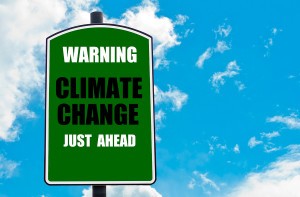

 Insurers manage a large chunk of the world’s investment capital, but they’re not acting fast enough to protect their investments from the adverse effects of climate change, the Asset Owners Disclosure Project asserts.
Insurers manage a large chunk of the world’s investment capital, but they’re not acting fast enough to protect their investments from the adverse effects of climate change, the Asset Owners Disclosure Project asserts.
What’s more, The Hartford is one of the few North America-based insurers who have taken action, according to the AODP’s Global Climate 500 Index 2016: Insurance Sector Analysis.
AODP’s new report found that just 1 percent of insurers overall are assessing the risk of stranded assets in their investments, versus 5 percent of pension funds, and 45 percent of global “leaders” – asset owners working aggressively to protect their portfolios. Underscoring the lack of insurer action, just 5 percent are measuring portfolio carbon emissions, versus 13 percent of pension funds and 74 percent of leaders.
“Insurers are specialists in risk management, but while they may understand the implications of climate change in their underwriting they are failing to join the dots on the investment side,” AODP CEO Julian Poulter said in prepared remarks.
AODP is a non-profit global organization focused on protecting retirement savings and other longer-term investments from climate change risks. Its Global Climate 500 index rates the world’s largest asset owners on how successful they are at managing climate risk in their portfolios. The new report focused on 116 insurers with $15.3 trillion under management, and compared them with 324 pension funds, with their nearly $16 trillion of investments.
Poulter explained that climate change is leaving insurers rising costs due to climate change impact-related claims. But investment portfolios that help them meet those claims are also vulnerable to climate risks “as the transition to a low-carbon economy accelerates.”
Pulter urged insurers to protect their investment portfolios from climate change risks. If they don’t he said “they are threatening their long-term capacity to cover future claims, putting clients’ policies in jeopardy, and risking a systemic failure that could have catastrophic effects on the wider economy.”
Other findings from the report:
Only two U.S. insurers representing 16 percent of regional assets are taking tangible action to address climate change risk – Hartford Financial Services Group and Prudential Insurance. But three in five insurers (60 percent) are taking no action, a move that puts $954 billion at risk, or nearly 1/3 of regional assets.
Source: AODP